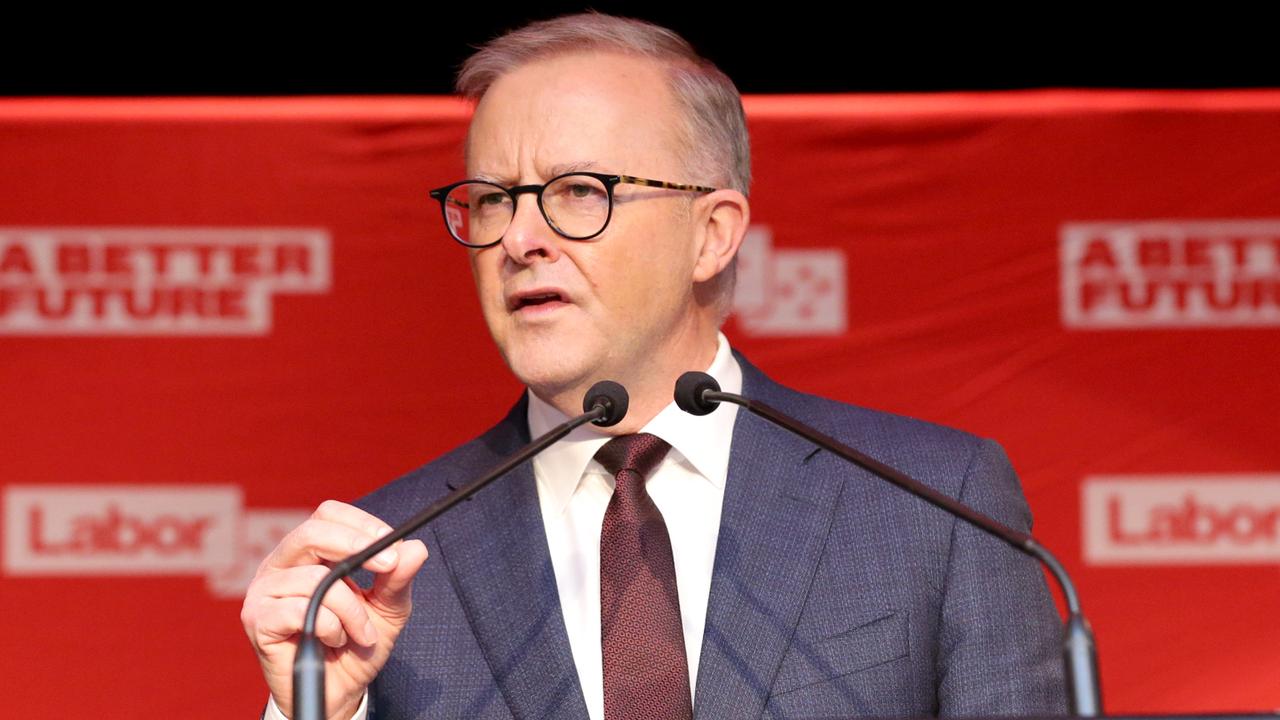What it means for your day-to-day life if Labor’s Anthony Albanese wins the election
The federal election is set to be a nailbiter – and here’s what a Labor victory will really mean for your family’s day-to-day life.
The election race is well and truly on – and as usual, voters have been inundated with buzzwords, big promises and endless photo opportunities.
But what will it actually mean for you and your family if Labor leader Anthony Albanese wins the election and becomes our next prime minister in May?
Here’s how the Australian Labor Party’s’s top election promises will impact your daily life.
Stream more election news live & on demand with Flash. 25+ news channels in 1 place. New to Flash? Try 1 month free. Offer ends 31 October, 2022 >
Health care
One of the ALP’s biggest election commitments is to strengthen Medicare and make it easier and more affordable to see a doctor.
According to Labor, the healthcare crisis is particularly serious in outer suburbs and regional and rural communities, with a severe shortage of GPs in outer-metro and regional areas meaning locals struggle to see a doctor and often wait months for appointments.
But under an Albanese government, the rules would be changed to allow those communities to recruit more doctors of their choosing – including both locals and overseas-trained GPs.

Aged care
An Albanese government would be good news for older Australians or those with elderly relatives, with the ALP announcing a plan to “fix the crisis in aged care” with $2.5 billion in funding over four years.
Under the promised package, all nursing homes would have at least one registered nurse on duty 24/7 in every home.
There would also be 2.5 hours of face-to-face care per resident per day, minimum food standards and better wages for staff in the sector.

Jobs
Another major promise from Labor is to tackle job insecurity and low wages, an issue facing an estimated 1.7 million Australians who are either unemployed or looking for more hours.
If elected, the ALP has pledged there would be 465,000 fee-free TAFE places for Australian students studying in industries with a skills shortage, including 45,000 new places.
Mr Albanese has also promised to deliver up to 20,000 extra university places over 2022 and 2023, and to prioritise places at universities that are able to offer additional courses in national priority areas like clean energy, advanced manufacturing, health and education, or where there are skills shortages.
Labor would also train thousands of workers by ensuring one in 10 employees on major government projects is an apprentice, trainee or cadet, and would establish Jobs and Skills Australia as a national partnership to drive Vocational Education and Training (VET).
The ALP also plans to make conditions better for those with jobs, by boosting wages,
enshrining a “same job, same pay” policy into law and enshrining secure work as an objective of the Fair Work Act, making wage theft illegal and working to close the gender pay gap, which is almost 14 per cent in Australia.

Lowering taxes
With so many Aussies struggling with cost of living pressures these days, Mr Albanese has vowed his government would put more money back into pockets via tax relief for more than nine million Australians through the legislated tax cuts that benefit everyone with incomes above $45,000.
The ALP would also support cost of living relief through an increase in the low-and-middle income tax offset by $420 in 2022.
Cutting power bills
Labor also says it wants to slash power bills via its Powering Australia plan, which will make energy cheaper and reduce emissions by boosting renewable energy.
The plan is set to create 604,000 jobs, with five out of six new jobs to be created in the regions.
Labor says this will spur $76 billion of investment – and most importantly to families doing it tough, it will cut power bills for households and businesses by $275 a year for homes by 2025, compared to today.
Cheaper child care
Labor says a change in government would also ease the pressures facing countless households with young children, with Mr Albanese pledging a more generous childcare subsidy rate for 96 per cent of Australian families.

Labor says it plans to help families by lifting the maximum child care subsidy rate to 90 per cent for families for the first child in care, increasing child care subsidy rates for every family with one child in care earning less than $530,000 in household income, keeping higher child care subsidy rates for the second and additional children in care, and extending the increased subsidy to outside school hours care.






